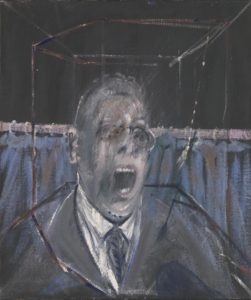The modern-day enigma of who does the archive belong to is a question ratified by the majority of people interested in the subject yet nobody has a direct and efficient response. The truth is, there is no logical reasoning to any one body possessing all calibres of archives because who has the upmost right to decide whether the archives belong to them, or the moment in time it was taken, the creator, the recipient or the inherent? Respectfully, archives withhold historical value, whether this is monetary or sentimental so efficient organisations usually possess the archives, however, on a personal level, trustworthy individuals also store the artefacts too, for example the mothers of the family. In addition, the development of technology has allowed the production and preservation of archives to maintain archival safety and their quality, particularly if they’re dated, however, it is integral to mention how technological advancements has restructured the accumulation of photographical archives as social media has experienced the developments of Instagram or Snapchat. Notably, there has been an influx in idyllic photographs that all seem to match one another as they receive the biggest praise through the ‘liking system’ on social media, or perhaps this combined with the establishment of frequent reportage has restructured modern archives into a more dull and tedious collection. Progressions within technology help document memories, whether they’re valuable or not whilst also increasing the speed of the process without taking up the physical space that previous formations of archives have done, but does this take away the nostalgia of the images? Is the sepia-esque and aged appearance of the physical copies of archival imagery the main pleasure behind archives?
First of all, an archive is a documentation or record that provides information on a specific place, institution or group of people usually of some value whether this is sentimental or monetary. Public archives have the main purpose of informing for operational or regulatory requirements, whether this is for a historian hosting an in depth study, or a family looking to depict their ancestry. Locally, Jersey has two main archival sites which include Société Jersiaise, a site that was established “for the study of Jersey archaeology, history, natural history, the ancient language and the conservation of the environment”, which has a specific department for archival photography recognised as the ‘archisle’, adding another dimension to the site. Secondly, Jersey Archives is a site funded by the States of Jersey as a sub-section of Jersey Heritage with the prime focus of allowing access to “official repository for the Island documentary heritage, can offer guidance, information and documents that relate to all aspects of the Island’s History”. Overall, the island is extremely lucky to have access to such irreplaceable sites as we our able to experience the vast and unique public history of Jersey, as well the opportunity to rummage through family records in order to find our own heritage, of course for some form of commission which helps fund the function of the site. The sites are both located in the Island’s capital of Saint Helier which makes the retrieval of information easily accessible, which promotes the public to get involved and engage. However, the beautiful concept behind archives is what stimulates my interest and participation as not only is the information that the sites can provide intriguing, but also the physical discovery of the details and their formation, whether this be an original black and white photograph or an illustration, really provides satisfaction and adds a different dimension in comparison to finding a picture of archives online. The archives found in the local sites are usually worth a large amount of money as they’re one-offs, produced by somebody prestigious or crucial for piecing together fragments of the past.
Developing on the importance and relevance of storing the actual archive in physical form, personal archives usually consist of the standard family photographs, baby pictures or seemingly meaningless memorabilia to anybody but the possessor. The complicated emotion of nostalgia urges us to keep significant milestones and memories throughout our life as people use objects as motifs for stimulating re-living the forgotten moments they once experienced and no longer can. Alternatively, the discovery of an old shoe box containing hoard and photographs when helping clear out your grandma’s attic can put you in a journey discovery of heritage or even a resurrection of their youth. The popular element to personal archives is the process of photography because the beauty of photographs is they capture a moment of an individual, a moment of a movement or culture so to re-live these signs of the times which are so relevant to our families provides a sense of nostalgia. The attraction of photographs combined with the spontaneous moments of discovery and the physical condition, for instance the dust you shake off to view an original Polaroid of your grandparents kissing on Brighton beach provides an irreplaceable factor which makes the personal archives so paramount for families and individuals. The teasing of bodily senses through physical forms of archives which contain such personal meanings exploits this unique sense of nostalgia. When I asked my mother, who is the trustworthy individual who stores the personal archives in our family, what her reason behind keeping images and small objects was, she responded that ‘As you get older, the smaller things that get forgotten about become like the big things. When you were a baby, you had loads of nice clothes and little trainers and wellies but it’s funny because I kept your baby grow that you first vomited all over me in. It is quite ironic how something at the time so revolting and disgusting, provides so many delightful memories and laughs when looking back in retrospect’. Conveniently, this links to the artist Jonny Briggs that I recently met as he said how there is some sort of relation between good and bad which is a concept I found quite enlightening for my mum to pick up upon.
With the progression of technology, particularly in the last two decades, there has been an alternative solution to creating archives to store images. Social-media sites, for example Instagram, have developed a mechanism for arranging images into an easily manipulated structure with adjustable filters and effects whilst having the ability to access other people’s ‘Instagram’s’. The idea is you update it regularly to inform people of what you’re doing, where you are and who you are with, however, since the formation of Instagram, there has been specific image criteria which seems to be the most successful which is judged through the liking system. Idyllic beach photographs which feature a blonde babe posing in a raunchy red swim suit usually acquire the best response and although I’m not complaining that the image is not appeasing to look at, due to the fame and money Instagram success can provide, everybody’s images are extremely similar which seem to plague the site and create a mundane sense about the site. Fundamentally, the concept behind Instagram is unique as despite having the ability to post a caption, the main focus is on the image rather than the text which is the main focus on Mark Zuckerburg’s Facebook, which abides by the well-known saying of ‘a picture speaks a thousand words’. Arguably the establishment of sites like Instagram allow the flourishment of archives, however, does the electronical copy of an image eradicate the personal attachment and meaning behind the image? I’m supportive of the methodology of combining creativity with technology which has become a successful mutualistic pair in modern times as technology has enabled creating to become so much more accessible.
Of paramount importance, the documentation of significant records, objects or photographs is absolutely crucial for a multitude of reasons, whether the photograph archive is using technology on a social-media site or a black and white print out has been stuck on to an aging photo album that was discovered when unveiling the Christmas decorations in the attic, it is irrelevant as long as it serves the purpose of reminiscent, nostalgia or provides crucial information for the individual or cleek who it belongs to or who are interested in retrieving data from the source. Although public archives are in the possession of a trustworthy organization, everybody has access to the sources or documents so does it matter who they belong to? In terms of personal archives, the person who would reap the benefits of such a private matter should be the possessor or somebody trustworthy as these archives are usually priceless and irreplaceable.

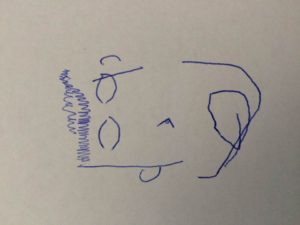


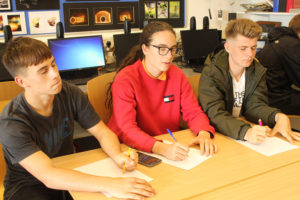












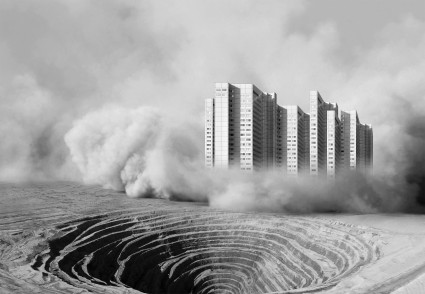
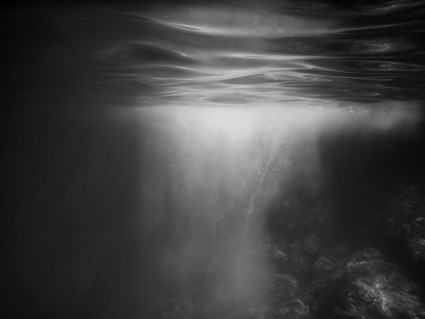

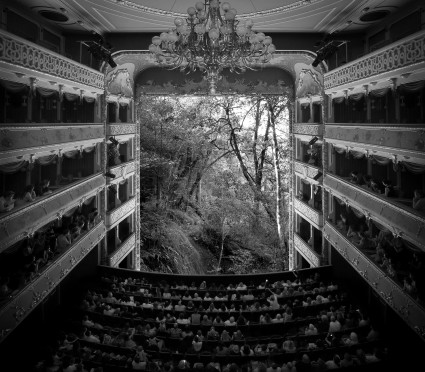 Here are the links that I used to research Luigi Ghirri.
Here are the links that I used to research Luigi Ghirri. 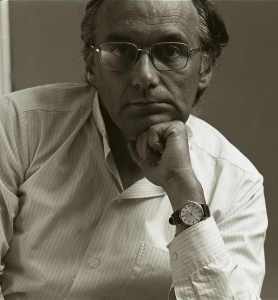 LUIGI GHIRRI
LUIGI GHIRRI 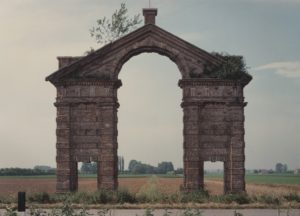

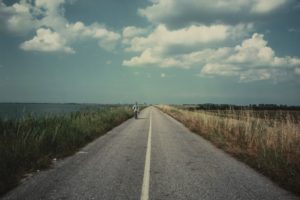



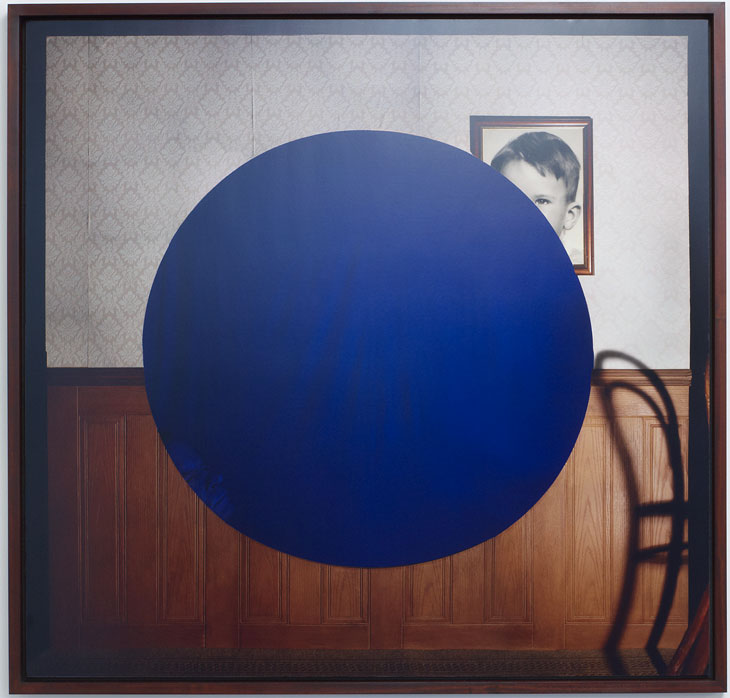
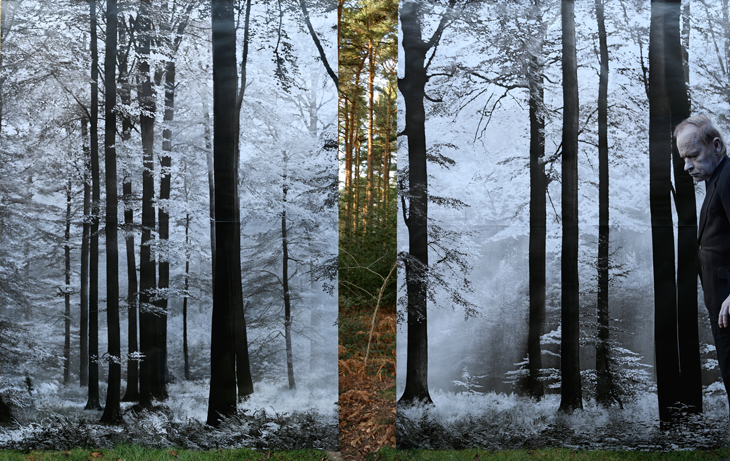

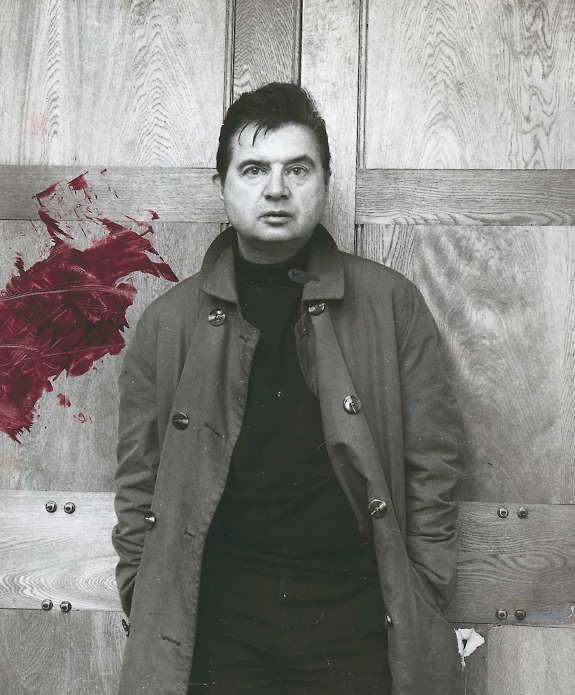
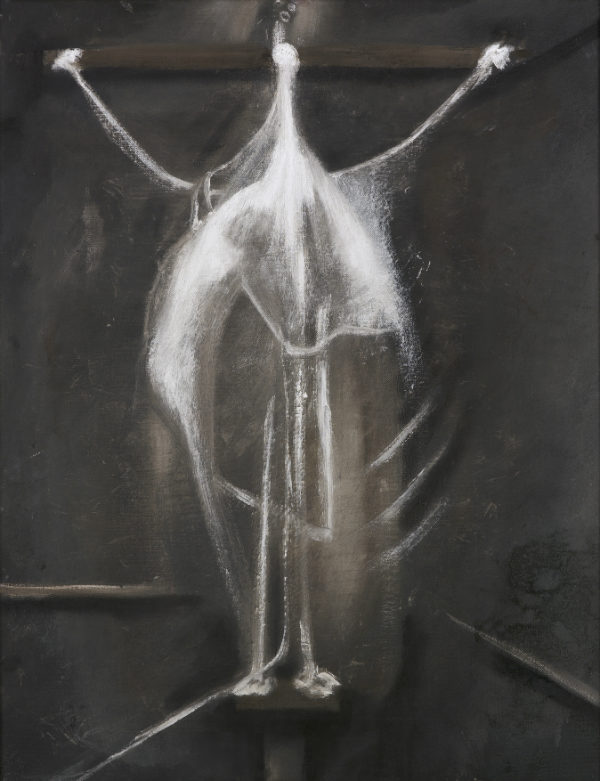 1933. The painting is very ghostly looking. The name Crucifixion suits the artwork because It looks like a human holding up their hands while standing on a platform. Here are more of Bacon’s paintings. I personally believe that Francis Bacon and Jonny Briggs are very similar in the way they work and how they use their past as an influence for their art. Briggs uses his photography as a way to get back lost time with his parents. He sees it as a way to improve the relationships within his family. Bacon uses his art to express his troubled childhood as well. He is full of Anxiety and depression and uses his art as a demonstration of what he is feeling.
1933. The painting is very ghostly looking. The name Crucifixion suits the artwork because It looks like a human holding up their hands while standing on a platform. Here are more of Bacon’s paintings. I personally believe that Francis Bacon and Jonny Briggs are very similar in the way they work and how they use their past as an influence for their art. Briggs uses his photography as a way to get back lost time with his parents. He sees it as a way to improve the relationships within his family. Bacon uses his art to express his troubled childhood as well. He is full of Anxiety and depression and uses his art as a demonstration of what he is feeling.
